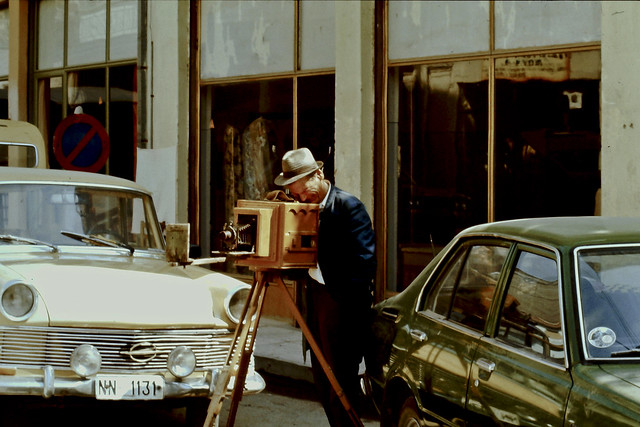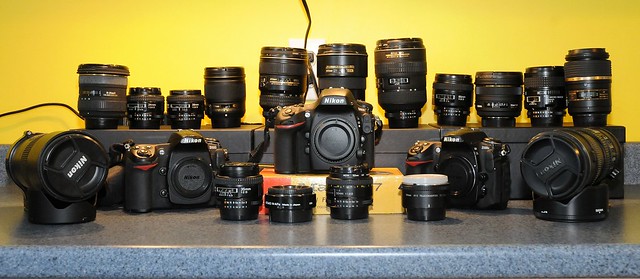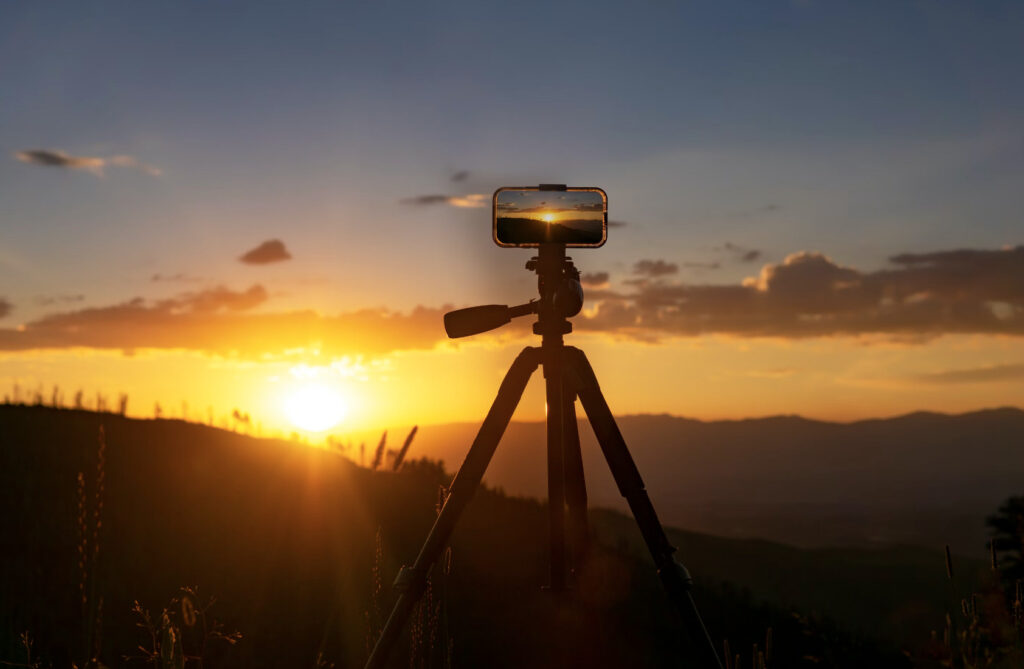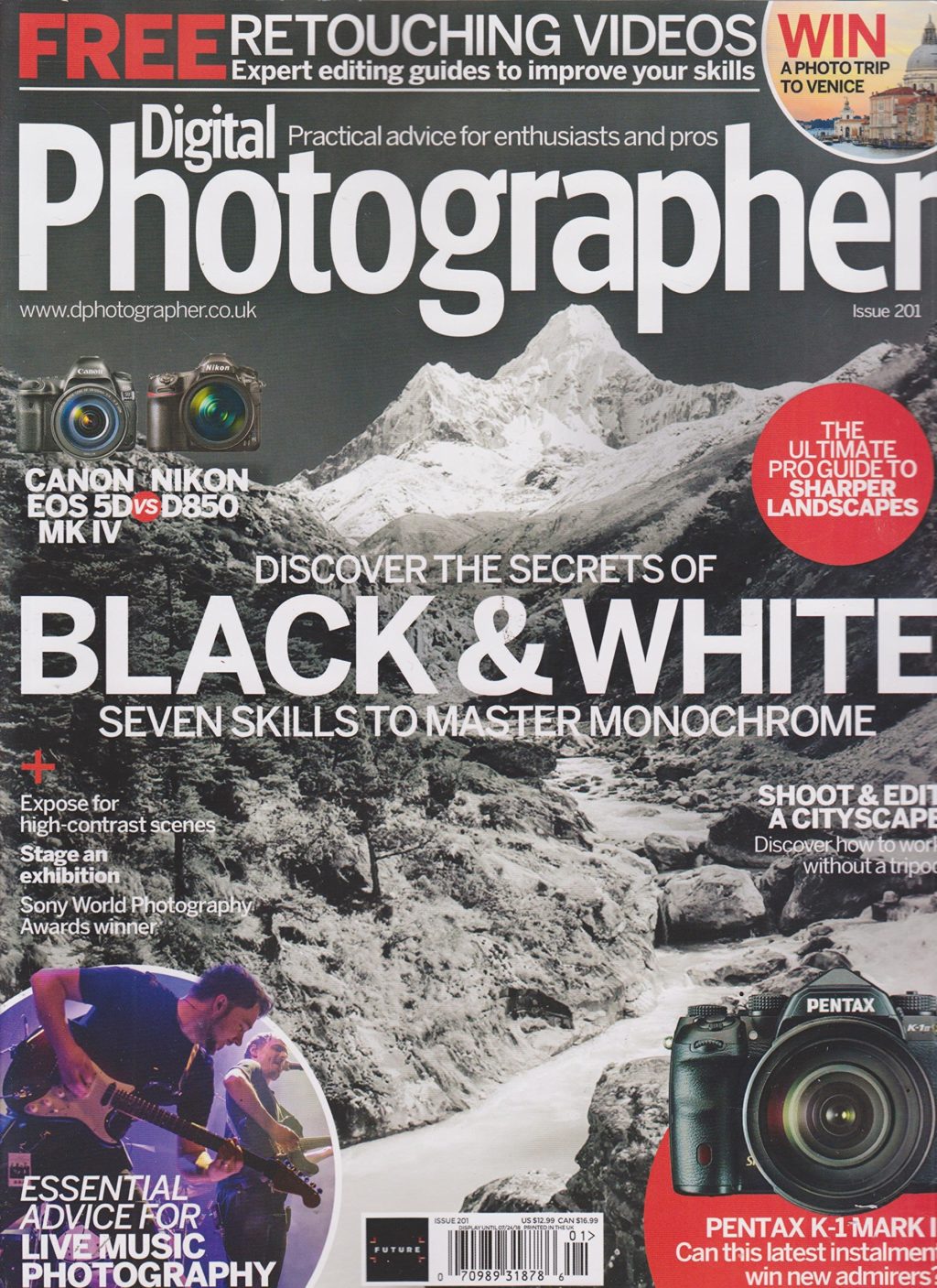If you have been into photography a little while, think back a few years. Remember the early days of digital. Remember all those articles telling us how digital not only would revolutionise photography but also make it infinitely cheaper to everyone. Now think about not only the cameras, lenses, flashguns, memory cards and camera bags you bought in those few short years, but also the times you added a new hard drive, updated a graphics card or indeed bought a new computer. The fact is, if anything photography has got more expensive.

Sure we don’t have to print and process anymore but we do feel the pressure to constantly upgrade our kit, a pressure brought to bear not only by our peers but also by the clever and subtle marketing of the giant photographing manufacturers.
There is a saying that a better camera will not make you a better photographer. In fact, a better camera can sometimes make you a worse photographer, especially if you have not totally mastered what your previous camera was capable of. Today we are going to look at being happy with the equipment you already have.
Don’t give in to Peer Pressure
Keeping up with the Joneses is like going for a swim on the edge of a maelstrom. You are going to get drowned in a never ending downward spiral of money spending.
Although Mr Jones, your peer may maybe an excellent photographer, his buying new kit every time there is a full moon is not going to make you a better photographer. Rather than try to emulate his kit, emulate his style and technique and don’t be afraid to ask him how achieves certain things. More often than not you will find that he is more than willing to share his knowledge.
Mr Jones has a bigger camera but is he a better photographer? By glasseyes view
Evaluate What your Needs Are
Nikon D800 36mp, Canon 5D 50mp, highly desirable machines both. But do you need them? Think about what you do with your images. If you print 40×60 inch posters and show them in galleries then yes, by all means invest some of your profits in a megapixeled beast. However if your shots spend all their lives as a series of 0’s and 1’s on a spinning platter of aluminium, never to be released in the real world, then do you need 50mp? Even if you sell your images as stock, the vast majority of shots will only end up on web pages or at most in an A4 sized magazine. 16-24mp is more than enough for that.

I would love all this kit, but I don't need it, by Peter Massas
Beyond the camera, think about lenses and other items. The secret to lens buying is to get the best you can afford but also not to buy lenses because you think you will need them. Spending money on a good lens is an investment. Good quality optics should long outlast the camera bodies and unless your chosen brand decides to change its mounting will last you for years ahead. However, whilst that 14-24mm 2.8 staring at you from a magazine page may fill you with lust and desire, when it is sitting in your camera bag gathering dust, because one day you might have a use for it, that lust and desire will soon turn to regret. Think carefully about what you shoot and what your real lens requirements are.
The same is true of the more sundry items in photography. Memory cards, for example. We are often told that this card is super fast, 16x quicker than that one but unless you shoot sports or wildlife, the only difference you are going to find is in the weight of your wallet.
Beautiful lenses but do you need them? By Rob124, on Flickr
Don’t Fall for the Marketing Hype
As we mentioned at the top, digital was supposed to make photography cheaper. There is one good, and valid reason that it hasn’t – companies need to make a profit. Before digital, the photographic market was dominated by photographic and optical companies but the very nature of digital cameras meant that the electronics giants such as Sony and Panasonic wanted a share of the digital pie. The upshot is that a plethora of different manufacturers competing in a veritable sardine can of a market. Those companies probably spend huge amount more on marketing than they do on research and development and so when a new model is released there is a pretty good chance that it is merely the older model tweaked a little.
The marketing will tell you about the multitude of improvements that can only make your photography better, but in reality most of it really falls into the 90/10 rule. Ninety percent of these features you will only use ten percent of the time. If you do like to upgrade just to stay ahead, then skip a generation of camera. The improvements after two new generations is more likely to be of use than those added just one year after you bought your last camera.
This article is not written to persuade you not to buy new equipment, but to ask you to think more about the equipment you need not desire. In the long run, if we as consumers become more selective about what we want in our products, the manufacture will be forced to provided us with better and more suitable equipment. We should be driving the manufacturers, not the other way around.




